October 19, 2025

You've probably watched your staff juggle phone calls while trying to serve in-person guests, the result of which is poor customer experience, for both types of guests. The result is missed revenue, either from poorly handled calls, failing to upsell, and being inattentive to in-person guests. But there's a way to mitigate that loss by improving customer experience, whether your customer is calling during peak hours or dining at your tables. Modern AI solutions now make it possible to handle unlimited simultaneous calls while keeping your team focused on creating memorable experiences for guests who are physically present.
TLDR:
Your phone system is often the first touchpoint customers have with your restaurant. Yet most establishments lose almost $30,000 of annual revenue from missed calls during busy periods. But the solution isn't hiring more staff to answer phones. Rather, it's creating an integrated system that handles reservations, orders, and customer questions smoothly:
The key is maintaining service quality whether customers book online, call during peak hours, or need assistance after closing. Implementing AI phone technology creates this consistency while freeing your staff to focus on in-person guests.
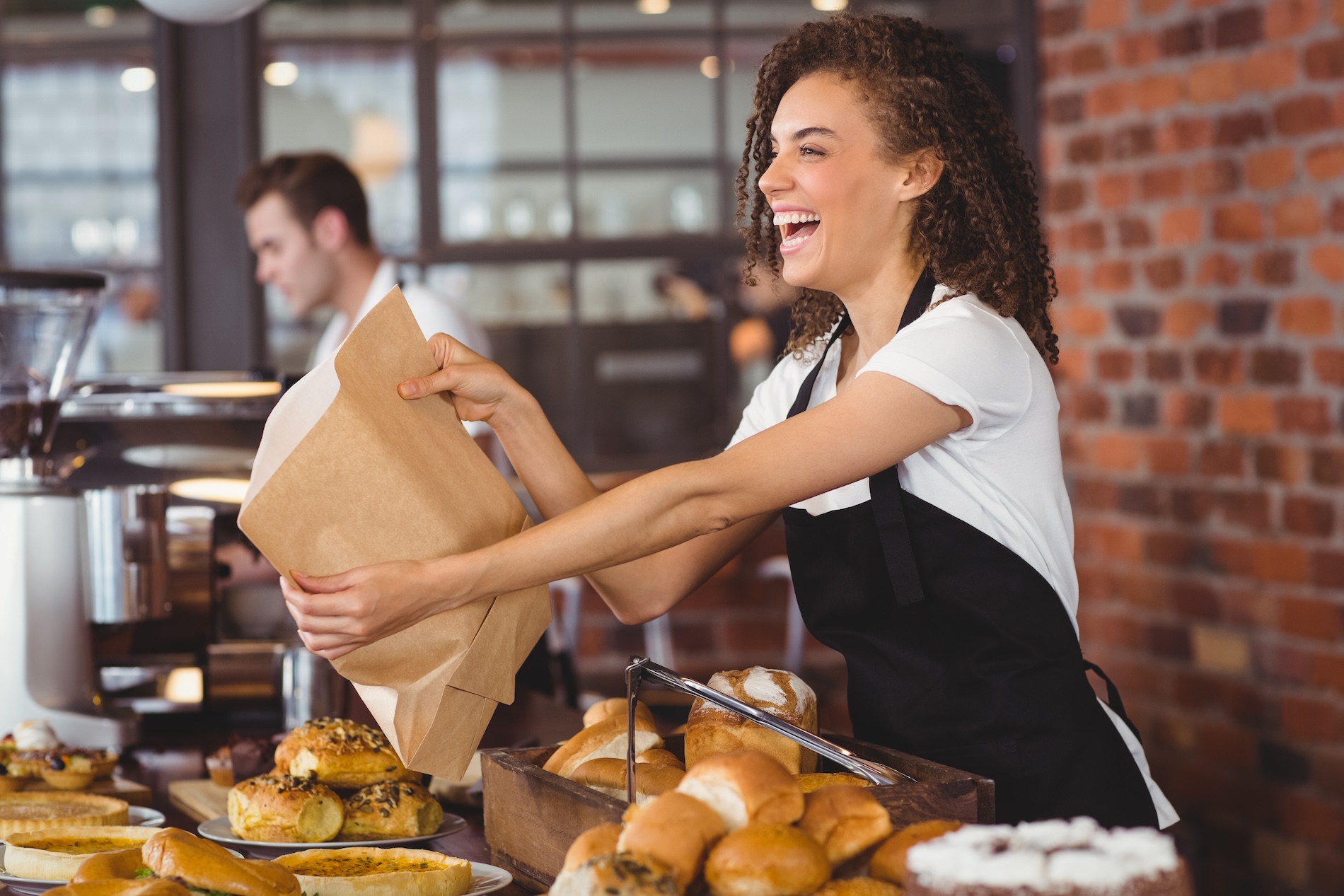
Exceptional customer service starts with proper training, yet many restaurant workers never receive formal customer service education. This gap can directly impact your bottom line and guest satisfaction. The solution begins with creating clear standard operating procedures for every customer interaction. Cover greeting protocols, upselling techniques, and complaint resolution steps. Your staff should know exactly how to handle common scenarios consistently.
Combine technical training on POS systems and order handling with soft skills development. Focus on empathy, active listening, and communication techniques that make guests feel valued. AI-powered training modules can simulate real-world scenarios without disrupting service, and staff can practice handling difficult customers or complex orders in a controlled environment.
And don't forget ongoing education. Effective training techniques include regular refreshers, peer mentoring, and feedback sessions that keep skills sharp.
The National Restaurant Association reports inadequate training can have an impact on employee retention. Investing in training then can reduce turnover while creating the consistent service experience that drives repeat business.
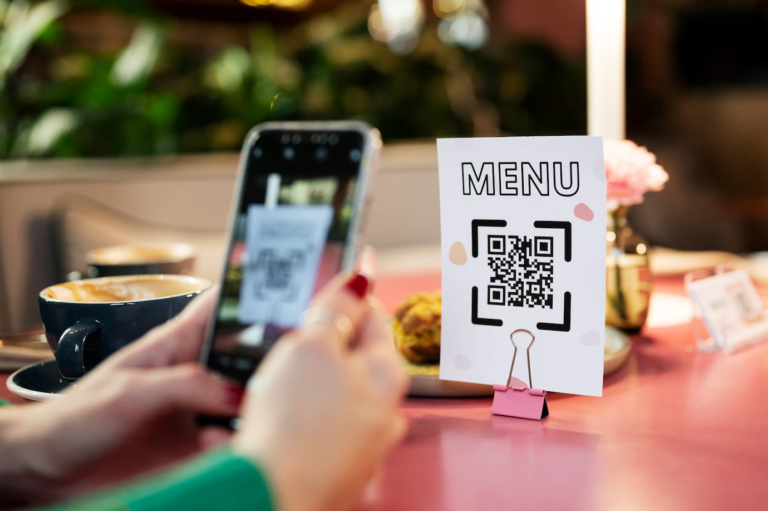
Technology should improve your service, not replace the warmth that makes dining memorable. The key is choosing digital tools that remove friction while preserving human connection. Below are a few digital tool examples and how best to put them to use:
Generally, a hybrid approach works best. For example, using QR code ordering to handle routine requests allows staff to focus on creating memorable moments through conversation and personalized attention.
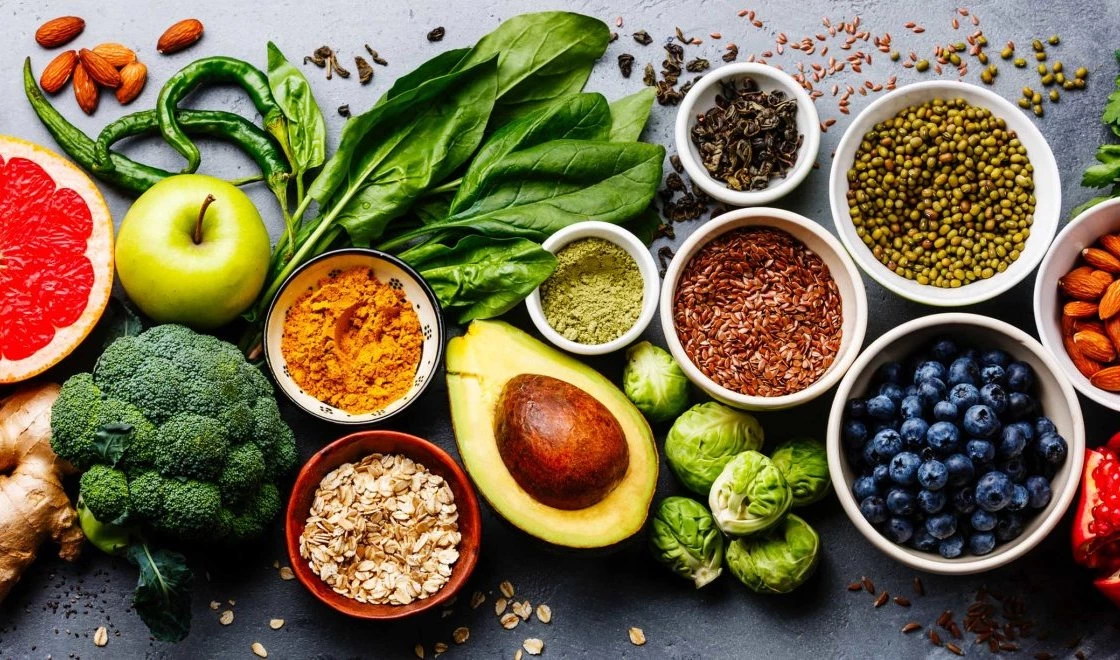
Food quality drives customer loyalty more than any other factor. Research shows that 68% of diners consider it the primary reason for choosing where to eat. But consistency goes hand-in-hand with food quality. Your signature dish should taste identical whether it's prepared during lunch rush or late evening. To improve consistency, train kitchen staff on proper portioning, cooking temperatures, and plating standards across all shifts. Food temperature, for example, is one of the few measurable attributes of food quality that has a statistically significant relationship with customer satisfaction.
In addition to consistency, you can use menu engineering techniques to track which dishes perform best and identify quality issues early. Regular taste testing and customer feedback help maintain standards.
And finally, creating allergy-friendly menus builds trust with health-conscious diners. Include clear allergen information in both digital and physical menus, and train servers to answer dietary questions confidently.
Remember that seasonal menu planning keeps offerings fresh while showcasing ingredient quality. According to industry experts, seasonal updates increase engagement by 60% when executed properly.
Your restaurant's atmosphere shapes customer perceptions before they even taste the food. Research shows that 91% of casual dining customers choose restaurants based on appealing ambiance, while 84% of quick-service patrons value comfortable atmospheres. Consider a few of these best practices when creating or updating your dining experience:
Restaurant design principles and hygiene best practices work together to create environments where customers want to linger and return regularly.
Peak hours make or break restaurant profitability. Research shows that drive-thru operations alone generate up to 75% of revenue for leading QSRs, making speed optimization important for success. So how can you increase speed without sacrificing quality or attentiveness? Consider these suggestions:
Transparency about wait times can reduce customer complaints by up to 30%.

Customer feedback drives improvement, but only when you collect it systematically and act on insights quickly. 32% of diners read online reviews before choosing where to eat, making your digital reputation important for attracting new customers. To take advantage of this, you need to integrate some best practices into your restaurant operations:
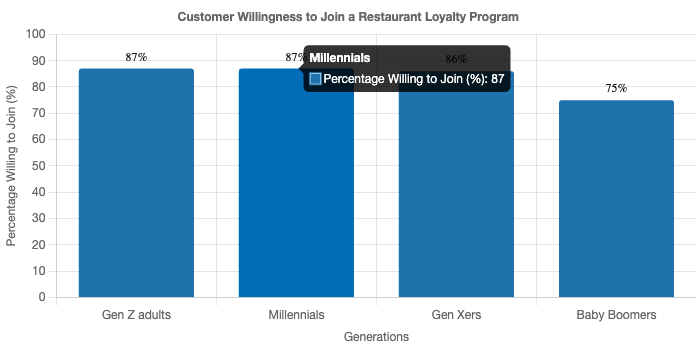
Traditional points-based loyalty programs are losing effectiveness. Modern consumers expect personalized experiences, with 47% wanting birthday and anniversary perks, but 39% of restaurants don't offer them.
The solution lies in experience-driven rewards that create emotional connections. Instead of generic discounts, offer curated experiences like chef's table dinners or early access to seasonal menus based on individual preferences.
According to Circana, loyalty program consumers "are heavier users of restaurants overall, making 22% more visits per year than nonmembers... allocating 8% of their total restaurant visits to that brand."
But by integrating AI into those loyalty programs, those numbers can increase. AI-powered loyalty programs analyze purchase history to suggest relevant rewards. If a customer always orders vegetarian dishes, offer exclusive previews of new plant-based options rather than generic appetizer discounts. These loyalty program technology tools can also predict when customers might churn and automatically trigger retention offers. According to industry research, personalized programs increase customer lifetime value by 40% compared to generic point systems.
Finally, to build a great loyalty program experience for customers, integrate your loyalty system with POS and CRM data for smooth tracking.
Inclusive dining experiences create good business ethics and help reach underserved markets while building community loyalty. 22% of Americans speak a language other than English at home, yet most restaurants struggle to serve these customers effectively.
To start, provide multilingual menu options and staff language training for your most common customer languages. Multilingual voice AI bridges communication gaps by handling phone orders in multiple languages while maintaining consistent service quality. But language is also a reflection of culture. Culturally sensitive AI systems recognize cultural dining preferences and dietary restrictions. This matters when serving diverse communities with specific religious or cultural food requirements. It's important to train staff on inclusive service practices that respect different communication styles and cultural norms.
But language isn't the only inclusivity challenge. Physical accessibility requires attention to seating arrangements, restroom facilities, and entrance accessibility. The Americans with Disabilities Act mandates basic compliance, but going beyond minimum requirements creates welcoming experiences for all guests.
Restaurants serving diverse communities see 15% higher customer retention when they invest in accessibility and multilingual support.
Behind-the-scenes technology drives customer satisfaction more than flashy front-of-house gadgets. Smart systems reduce wait times, prevent stockouts, and maintain consistent quality: the factors that actually influence dining decisions. Below are a few ways that you can use technology behind the scenes to create a better experience for your guests:
POS integrations create unified ecosystems where orders, payments, and inventory sync automatically, reducing order errors while speeding service delivery.
The key is choosing tools that work together smoothly. Restaurant technology trends show that fragmented systems create more problems than they solve, making integration the priority for business excellence.
Most restaurants can go live with AI phone systems like Loman in less than 24 hours, including menu import, greeting setup, and POS integration. White-glove setup support is available to guarantee smooth deployment without disrupting your current operations.
Traditional points-based programs offer generic discounts, while personalized programs use purchase history and preferences to create tailored experiences. For example, instead of a standard appetizer discount, a vegetarian customer might receive early access to new plant-based menu items.
Focus on pre-staging popular menu items, using AI to predict demand surges, and deploying technology to handle overflow calls.
If you're missing calls during peak hours, putting customers on hold regularly, or your staff struggles to balance phone orders with in-person service, AI phone systems can help.
AI systems like Loman handle unlimited simultaneous calls, never miss orders, and include built-in upselling engines that suggest add-ons and popular combinations.
The restaurants thriving today understand that exceptional customer experience comes from blending technology with human service. When your staff can focus on creating memorable moments for in-person guests while Loman AI handles phone orders and reservations automatically, everyone wins. Your customers get the attention they deserve, and your revenue grows from capturing every opportunity. Small improvements in service consistency create the foundation for long-term success.
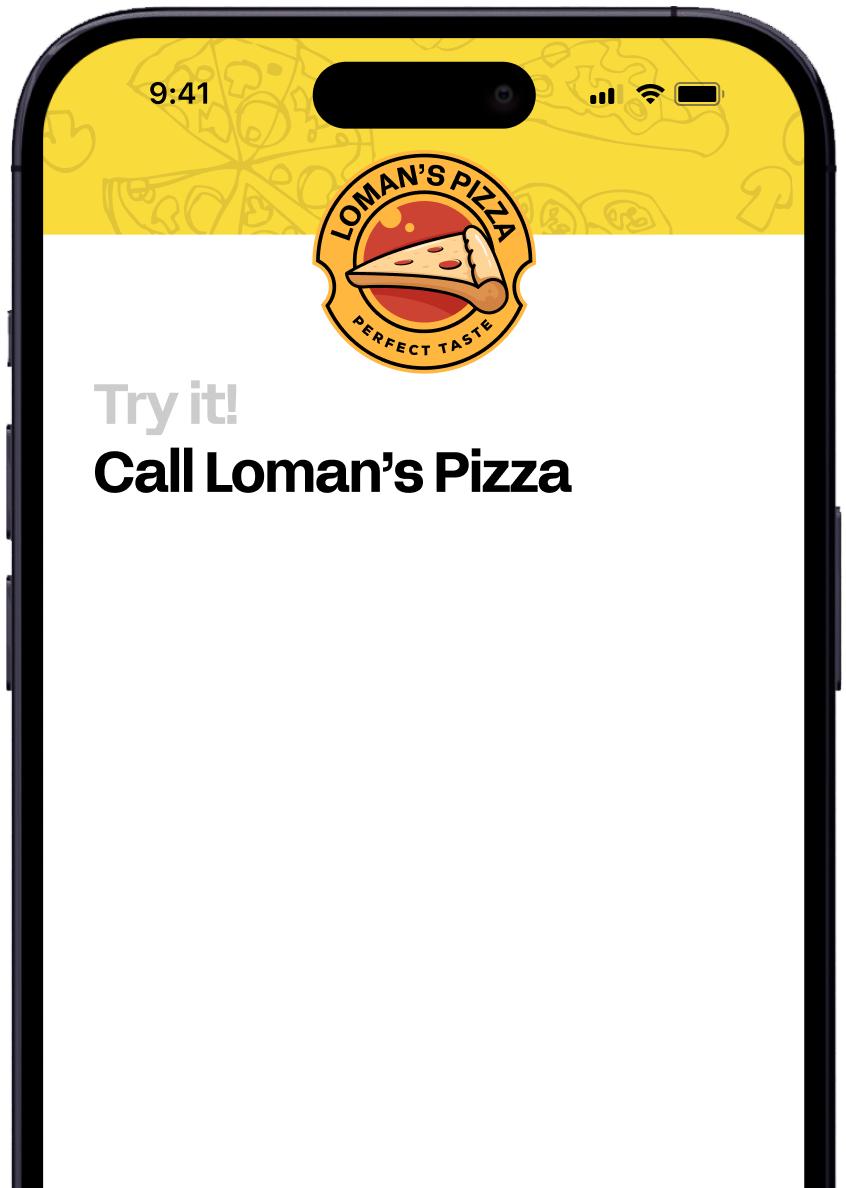
Enter your information in the form to receive a call from Loman and place an order like a customer would!